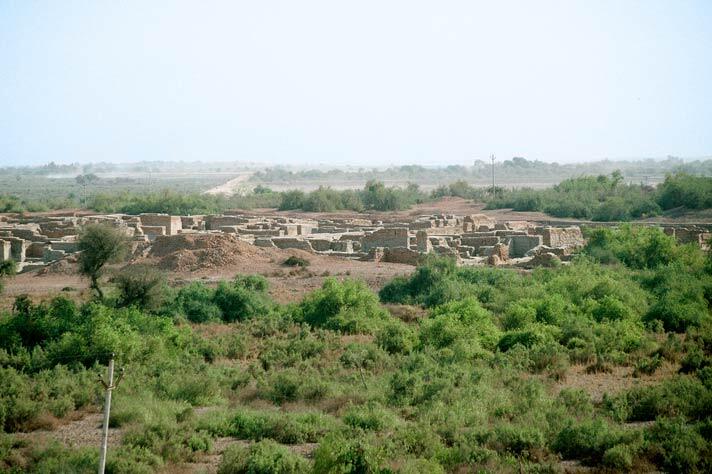It has always been assumed that the people of the Indus culture who established and lived in urban centres were organized in a stratified society made up of different classes. In the absence of written documents, these interpretations have been made on the basis of settlement layout, the use of seals, writing, standardized weights and the presence of various types of occupational specialization. Using a simple hierarchical model, some scholars have suggested that ritual and political elites were probably supported by agriculturalists, traders, a range of service communities and craft specialists (Piggott 1950; Wheeler 1968). Such a model, however, does not take into account the complex social, political and economic relationships that are necessary for maintaining a vast urban civilization, and many questions about the social and political organization of the Harappan cities still remain unanswered.

